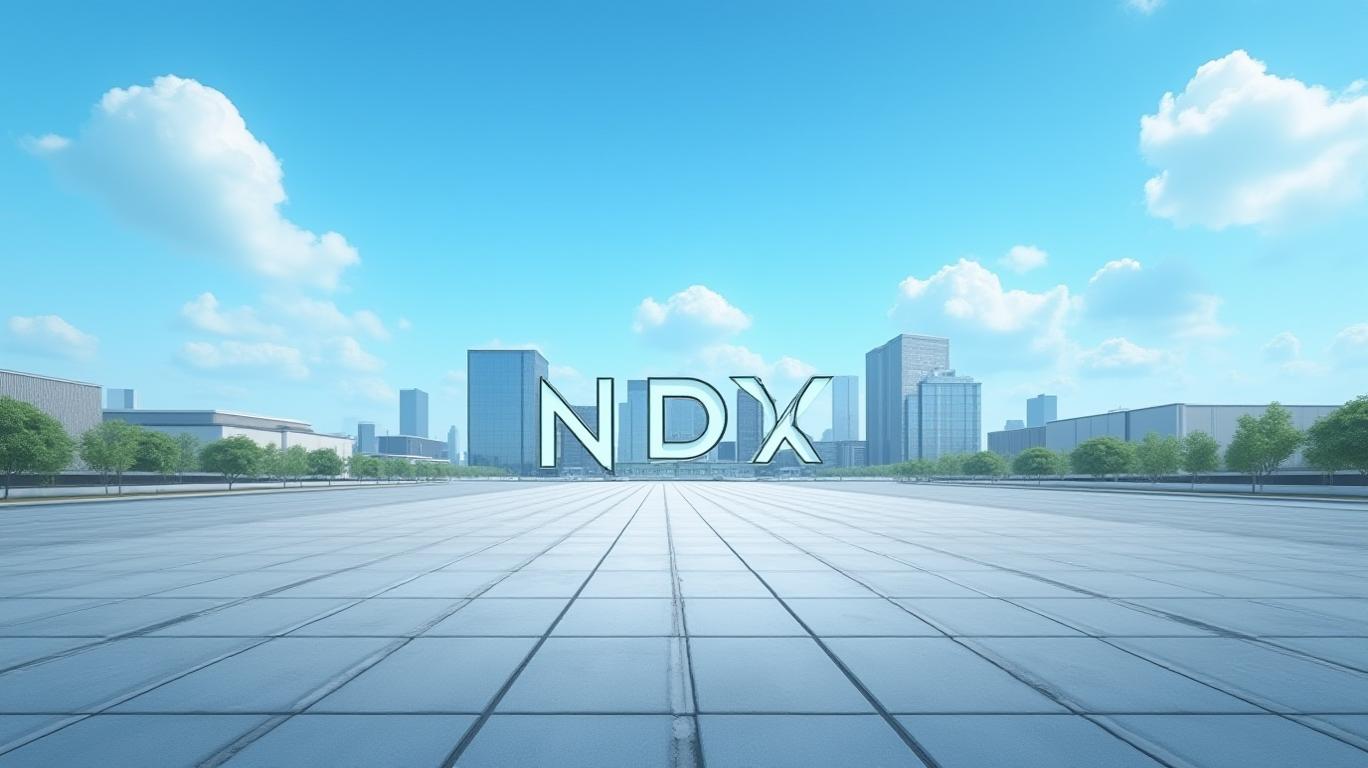Modiv's Reverse Stock Split: A Strategic Move to Boost Liquidity and Ownership Efficiency
Modiv Industrial, Inc. (NYSE: MDV) has unveiled a bold proposal to streamline its shareholder base through a reverse stock split, offering a rare opportunity to refine its capital structure while addressing operational inefficiencies. With a proposed ratio ranging from 1:500 to 1:1,500, the move is designed to eliminate costly dormant accounts, reduce administrative burdens, and position the company for long-term growth. Here's why investors should pay close attention.

The Reverse Split: A Calculated Administrative Overhaul
Modiv's proposal isn't about financial distress—it's about strategic efficiency. The company currently manages over 4,000 shareholder accounts, many holding minuscule positions (e.g., $500 investments) that cost “meaningful six-digit expenses annually” to maintain. By consolidating these accounts via a reverse split, Modiv can convert inactive holdings into fractional shares, which are then liquidated. This process would reduce the number of accounts by over 70%, slashing administrative costs while retaining active investors.
The split's extreme ratio—far beyond the typical 1:10—reflects Modiv's unique challenge. Unlike companies using reverse splits to avoid delisting, Modiv aims to reset its shareholder registry. A forward split will immediately follow to restore the share price to its pre-split level, ensuring minimal disruption to active investors.
Liquidity: A Hidden Catalyst for Growth
Modiv's industrial REIT business thrives on liquidity. Today, 80% of its shares are held via brokerage accounts, but the remaining 20% of small, dormant accounts create friction. By eliminating these, Modiv could attract institutional investors, who often avoid stocks with fragmented ownership.
A streamlined shareholder base would likely reduce bid-ask spreads and boost trading volume, making MDV more investable. The temporary spike in share price post-reverse split—potentially as high as $7,500—is a short-term anomaly. The forward split will reset it to near its current price (~$15.22 as of May 23), ensuring retail investors are unaffected.
Ownership Concentration: Strengthening the Investor Base
The reverse split's most profound impact may be on ownership dynamics. By pruning inactive accounts, Modiv's shareholder base will skew toward active, institutionally aligned investors, reducing noise from unengaged holders. This concentration could:
- Enhance governance: A cohesive investor group may push for higher dividends or capital returns.
- Improve market confidence: A cleaner shareholder register signals operational discipline, potentially attracting ETFs or index funds.
Critics might argue this disenfranchises small investors, but Modiv's approach protects most holders. Only accounts with less than one share post-split (inactive holders) are liquidated, sparing active investors.
Market Perception: A Strategic Narrative Win
Reverse splits often carry stigma, but Modiv's proposal is a counterexample. By framing the move as an administrative cost-saving measure—not a last-ditch delisting tactic—the company avoids the usual backlash.
The dual-split structure (reverse followed by forward) also neutralizes concerns about permanently high share prices, a red flag for retail investors. This clarity could reassure the market, positioning MDV as a well-managed REIT with foresight.
The Bottom Line: A Compelling Investment Thesis
For investors, Modiv's proposal offers three key upside catalysts:
1. Cost savings: Lower administrative expenses could free capital for dividends or property acquisitions.
2. Liquidity boost: A more institutional-friendly structure may lift valuation multiples.
3. Shareholder alignment: Concentrated ownership could drive strategic decisions that favor long-term growth.
While risks exist—including shareholder rejection or execution delays—the benefits are too compelling to ignore. Approval hinges on investors recognizing this as a value-creation move, not a panic button.
Call to Action: Act Before the Vote
Modiv's reverse split proposal requires shareholder approval by December 31, 2026. For investors who believe in Modiv's industrial real estate strategy, this is a once-in-a-decade opportunity to lock in a streamlined capital structure at current valuations.
The stock's current yield of 7.5% (forward dividend) offers immediate income potential, while the structural changes could amplify returns. With shares trading at a discount to net asset value (NAV)—a common theme in REITs—this is a rare chance to buy a fundamentally sound asset at a bargain.
Investors should vote FOR the proposal when it comes to a vote and consider establishing a position in MDV ahead of the split. The path forward is clear: fewer administrative headaches, better liquidity, and a stronger shareholder base.
Ben Levisohn
Investment Strategist
May 23, 2025

Comments
No comments yet